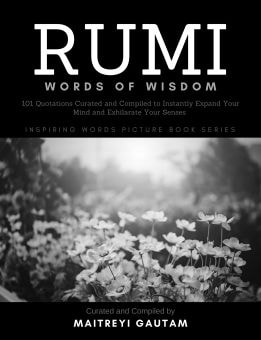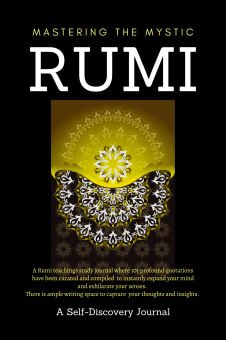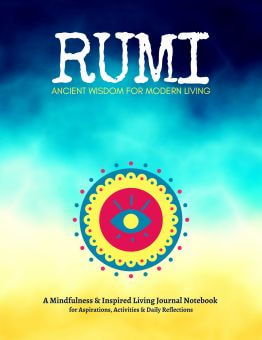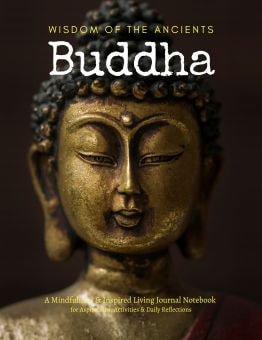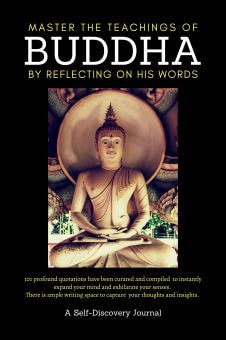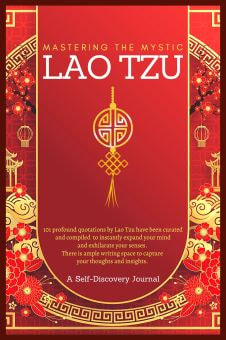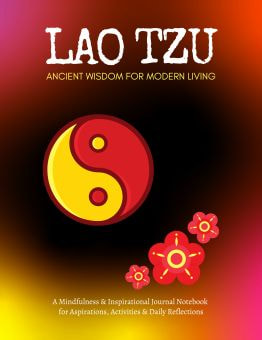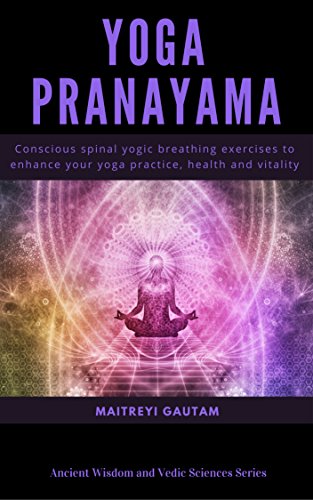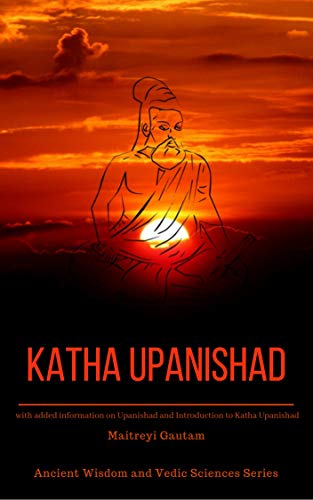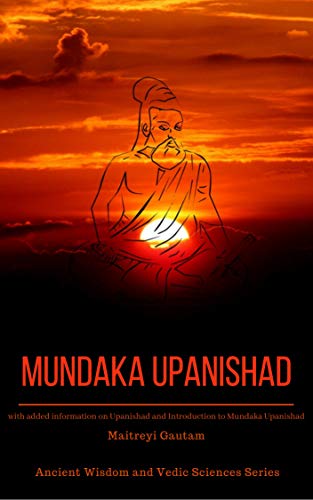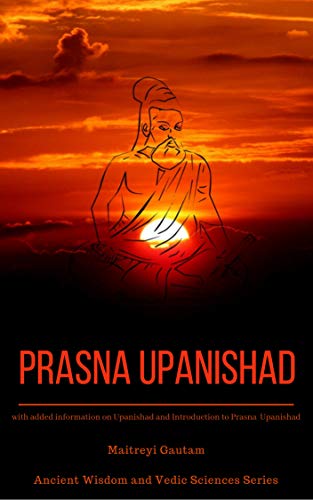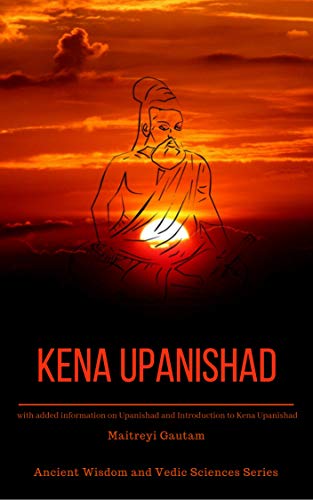One of the key features of the Kularnava Tantra is its emphasis on the importance of a guru or a spiritual teacher. The text asserts that the guidance of an enlightened guru is essential for understanding and correctly practicing the teachings of Tantra. This guru-centric approach is a hallmark of the Kaula tradition, highlighting the transformative role of the guru-disciple relationship.
The Kularnava Tantra discusses various aspects of Tantric worship, including rituals (pujas), mantras, yantras (mystical diagrams), and initiation rites. It also covers the principles of righteous living, ethical behavior, and the cultivation of spiritual virtues, positioning Tantra not just as a mystical or occult practice but as a comprehensive way of life.
An interesting aspect of the Kularnava Tantra is its integration of transcendent spiritual goals with everyday life. It acknowledges the realities of worldly life and offers teachings that are meant to elevate the practitioner's existence in all its dimensions – not just the spiritual but also the social, ethical, and personal.
The text also explores the concept of Shakti (divine feminine energy) in depth, emphasizing the union of Shiva and Shakti (the masculine and feminine principles) as a path to enlightenment. This union symbolizes the integration of all dualities into a harmonious whole, a fundamental concept in Tantric philosophy.
Overall, the Kularnava Tantra is revered for its profound teachings on the spiritual path, providing insights into the esoteric practices of Tantra while grounding these teachings in a framework that is relevant to everyday life and ethical conduct. It is a key scripture for those seeking a deeper understanding of the Kaula tradition of Tantra.




